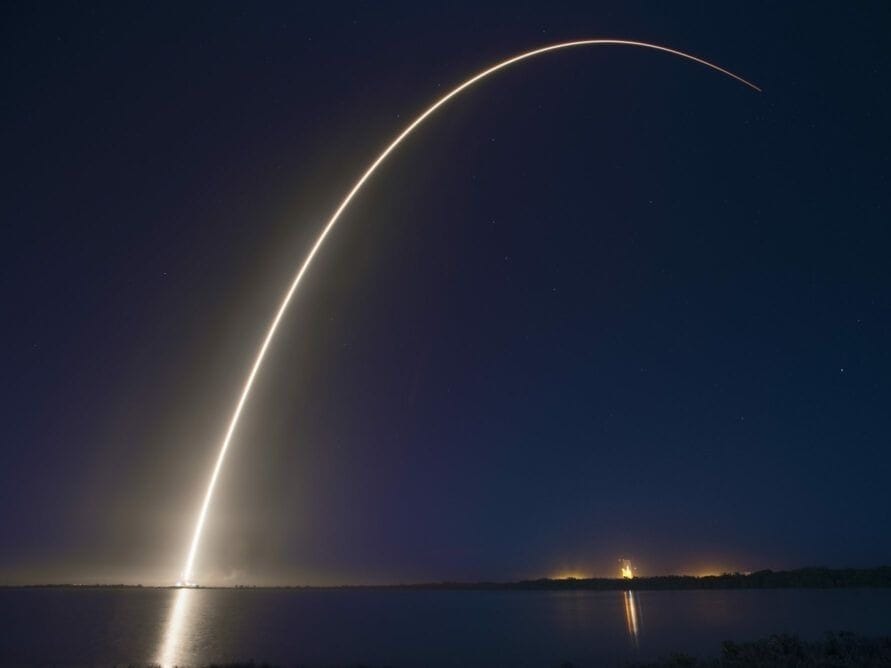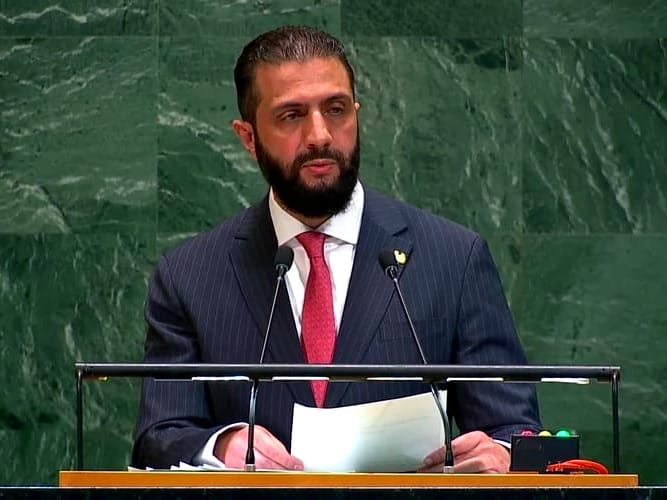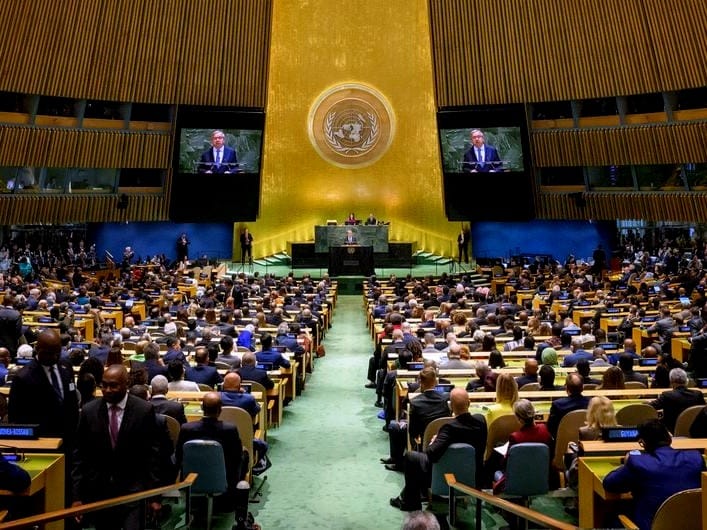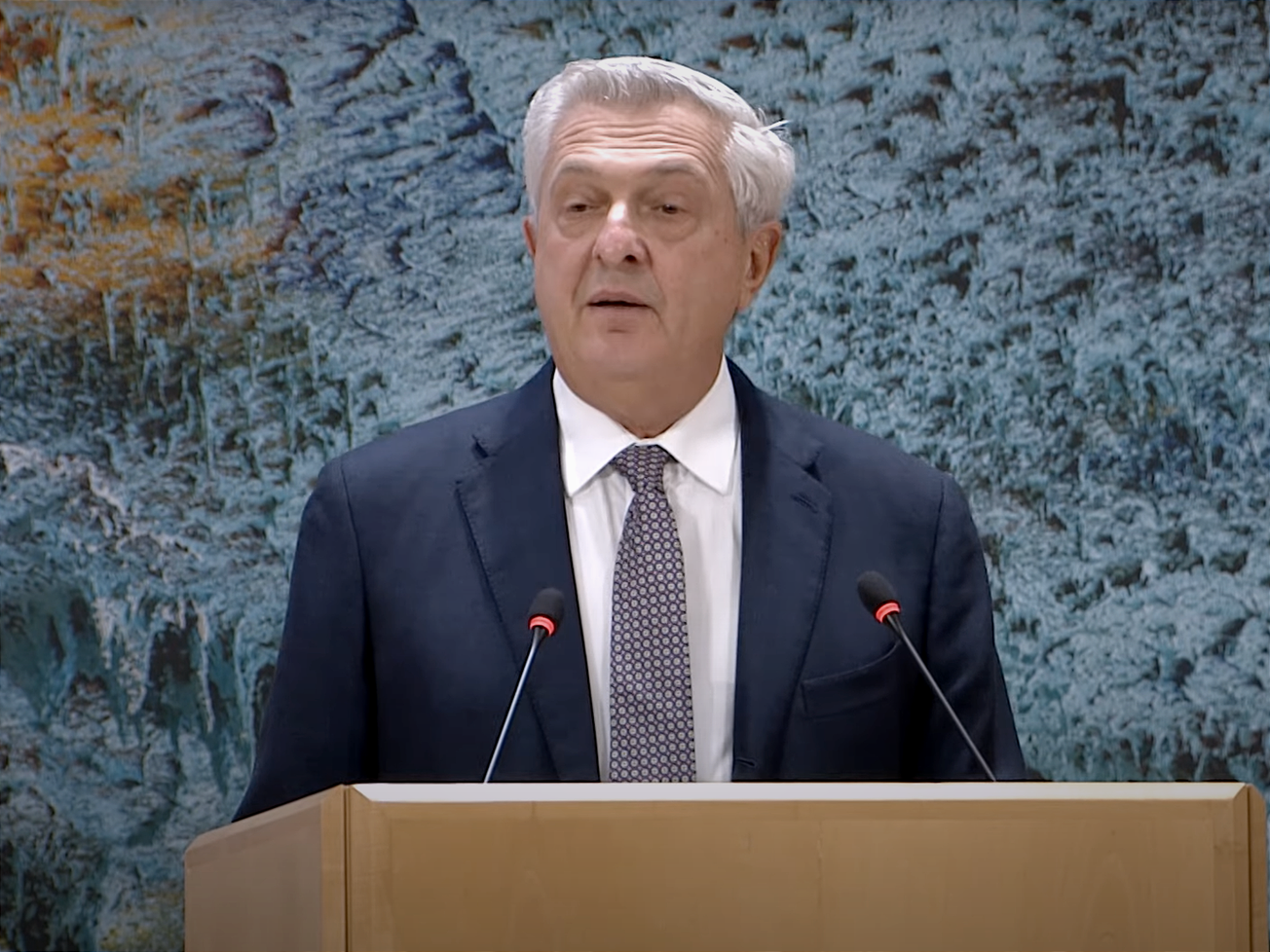WASHINGTON (AN) — More than a half-century after the world agreed to keep the peace in outer space, U.S. President Donald Trump plans to establish a space military force that could be a violation of international space law and presage America's withdrawal from more international organizations.
The proposed "Space Force" would create a new service within the U.S. military to prepare for conflict and war in outer space, according to an outline provided to the U.S. Congress for its approval. The plans include setting up a new agency, run by a civilian, that would develop space war technologies, and an expert-level group as the nucleus of the Space Force, costing billions of dollars as of 2020.








